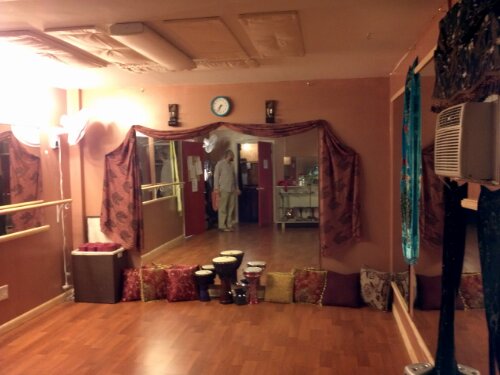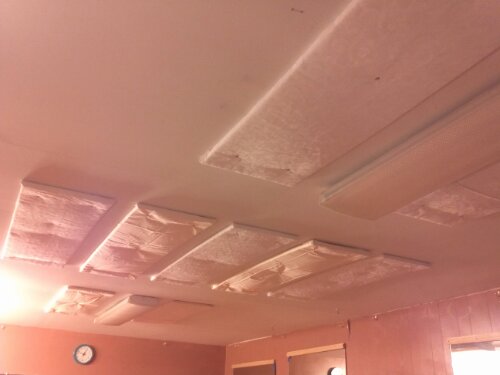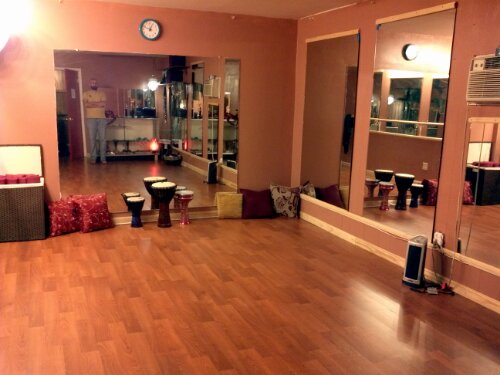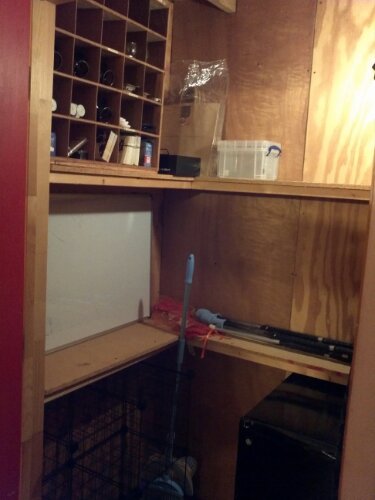These materials are designed to be used in conjunction with in-class instruction, which includes safety training and further break down of movements. The authors assume no liability for your use of this material.
TORCHES
TORCH BASICS:
TWIST MARCH W/ FIGURE 8
Basic Cue: Arms begin Figure 8 to the right and down while right foot twists over toward the left.
• Useful for burning off fuel
• Useful for circling
• Good showcase of high flame
PADDLE TURN W/ ARMS
Basic Cue: more often used as a solo move due to space – if you had space and wanted to cue it, you would begin facing left with arms extended directly out to the sides and start paddling very slowly with the right leg gradually raising the arms overhead picking up speed and then back down slowing back down. As a solo move, the arms can be moved however the dancer wishes and at whatever speed.
• Useful for burning off fuel
• Good showcase of high flame
BASIC ARMS:
Basic Cue: Center, begin with slow, big right arm.Â
Variations:
• Various body / leg poses and angles – these should be led into slowly and purposefully and each pose should be completed before moving into another.
• Travel: cue by leading with upper body and stepping out slowly (always start with right leg).
• Turn: cue with head turn – gradual turn - lead passes around formation for timing of move/turn until it returns to original position.
• Levels: cue by briefly raising on toes just before starting to lower – then cue to rise by briefly lowering slightly farther just before starting to rise. Move slowly.
Alterations for Torches:
Standard Cue and Technique:
• Arms will be bigger and faster than in standard tribal. There is also a bit of an adjustment in shape.
Variations:
• Turn: cue is still w/ a head turn, due to limited visibility during fire performances, you can also add a verbal cue of yeeeaaahh (not required during torches – but will be a required cue for gradual turns if you move onto staff) and be sure to turn very slowly.Â
Considerations for Torches:
• Be very aware of your position in relation to others during this move – especially during turns.Â
• Hand position is often very important and sometimes tricky depending on your torches and the height of the flame during this move.
DOUBLES
Basic Cue: Both arms come to frame right hip, right foot lifts up at the knee – there will be an exaggerated drawback before the first set of hip bumps.
Variations:
• Traveling: angle body as you step right foot forward. Angles will swap as you travel. Center when you reach the end. Then proceed to angle your right side back if you want to move back.
• Turn: cue with head turn – 4 corner turn – 2 hip bumps right and left to each corner and then turn to the next corner. Lead passes around formation for timing of the turns until returning to original position.
Alterations for Torches:
Standard Cue and Technique: none
Variations:
• Turn: cue is still w/ a head turn, due to limited visibility during fire performances, you can also add a verbal cue of a double yip (not required with torches – but will be a required cue for quarter turns if you move into staff).
Considerations for Torches:
• Be sure to hold hands far enough away from body to a) not let the flame get close to your clothing and b) provide enough of an angle in your arms so the flame doesn’t get near your forearm.
• When the flame is higher, the hand/arm movement should be sharp.
SINGLES
Basic Cue: Arms in low hipwork position (arms down to sides and wrist bent, palms to floor) to signal to watch for hipwork. Begin purposeful, steady singles – downbeat right.
Variations:
• With march or traveling – cue by lifting first (right) foot more exaggerated than otherwise.
• Arms: after the initial cue for hipwork add arms as desired (moving through standard arm positions, floreos, etc) just be sure to keep hipwork steady unless you bring the arms back to cue for a change or cue another move.
• Turn: cue with head turn – gradual turn – lead passes around formation for timing of move/turn until it returns to original position.
• Levels: cue by briefly raising on toes just before starting to lower – then cue to rise by briefly lowering slightly farther just before starting to rise. Move slowly. (can add raising/lowering of the arms to this cue for additional visibility and depending on circumstances). Basic principle of levels: up to go down, down to go up. Pay attention to which level position the leader has their feet in (together, kickstand, lunge-prep) – it will tell you how far they intend to go down.
Alterations for Torches:
Standard Cue and Technique: none
Variations:
• Arms: arms should predominantly stay near hips to light them (if they move away from the hips, people will not be able to see what you are doing)
• Turn: cue is still w/ a head turn, due to limited visibility during fire performances, you can also add a verbal cue of yeeeaaahh (not required during torches – but will be a required cue for gradual turns if you move onto staff) and be sure to turn very slowly.
Considerations for Torches:
• Be sure to hold hands far enough away from body to a) not let the flame get close to your clothing and b) provide enough of an angle in your arms so the flame doesn’t get near your forearm.
• Because the arms do not move much in this move it is really an accent move – not one to stick with for extended periods of time.
STAFF
STAFF BASICS:
ROTORS
Basic Cue: Bring the staff horizontal in front of you with hands close together and make the first turn slow/exaggerated to show which direction the rotor will be, picking up speed gradually.
• Can be done in either direction and overhead (also behind the back, at various angles, etc in future levels)
• A basic ‘isolation’ included in other moves in the vocabulary – in those cases, the direction will be specified.
• Good for burning off fuel
• Good for showcasing high flame
• Good for showcasing speed
WEAVES
Basic Cue: Bring the staff into one hand, pause slightly and make the first scoop of whichever weave you are going into slower and more exaggerated, picking up speed gradually from there.Â
• Can be done in either direction and either hand
• Can be done fast or slow
• A basic ‘isolation’ included in other moves in the vocabulary – in those cases, the direction and hand will be specified.
• Good for burning off fuel
• Good for showcasing high flame
• Very large move
FIGURE 8s
Basic Cue: Bring the staff into one hand out to the side, pause slightly and make the first drop/scoop or whichever figure 8 you are going into slower and more exaggerated, picking up speed from there.
• Can be done in either direction and either hand
• Can be done fast or slow
• Can be done close or extended and at most angles of the arm
• A basic ‘isolation’ included in other moves in the vocabulary – in those cases, the direction and hand will be specified.
• Good for burning off fuel
• Good for showcasing high flame
• Very tight/narrow move







